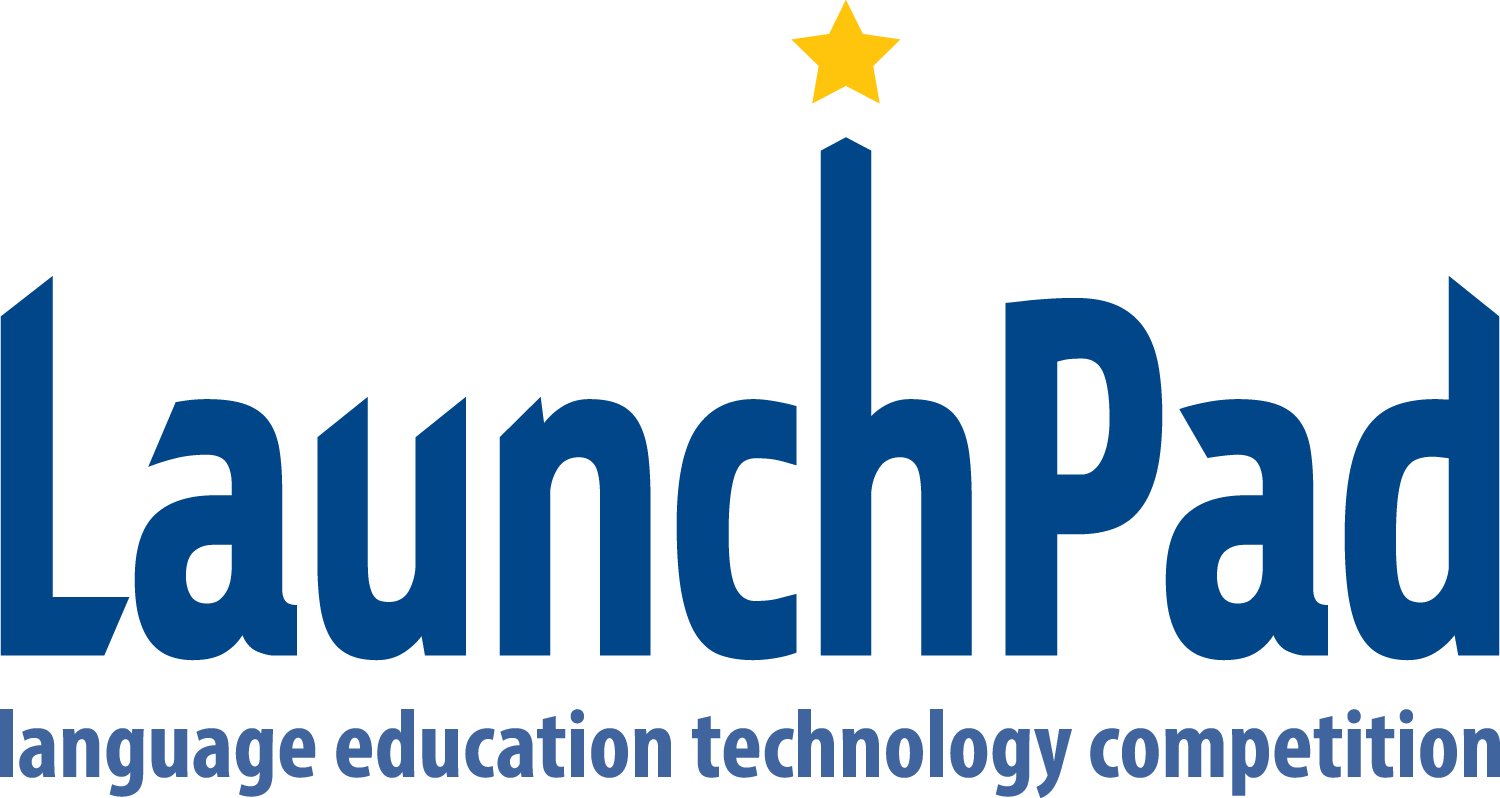
JinbuPal
CEO: Mike Kennedy
Primary Audience: Government/Adult Ed., Graduate, Undergrad, Community College, High School
JinbuPal is an innovative web-based mobile application designed to help learners rapidly jumpstart their Mandarin skills by focusing on maintaining continual noticeable progress as the key driver of success. JinbuPal’s card-based system features individual character and word cards, similar to digital flashcards. JinbuPal confronts users with all the characters and words they will need to reach 90% recognition when engaging with real-world content. The beauty of our model is we provide students with an environment where they feel completely free to learn their own way while also limiting the content just enough to ensure learners gain the maximum practical results for their efforts. With JinbuPal, even complete beginners can take their Chinese to a high proficiency level faster than they would ever have imagined.
LaunchPad Questions
During the LaunchPad, the audience had an opportunity to ask questions about the products. The Tech Center shared those questions with the entrepreneurs and here are the responses.
Will you include Traditional Chinese characters?
Do you plan to use similar methods to include other languages?
Where do you see the role of JinbuPal in Chinese language learning in the future?
Do you think this could be used by children to learn their heritage language?
Who is your biggest target group?
Do you plan to release any of your data or models as open-source, or work with other apps, corpora or platforms for learning or categorizing Chinese characters?
How could this be used in the classroom, or with other learners who are just "following the leader" and need more guidance to keep progressing? Also, can you speak more to the pedagogical underpinnings of the app? How well does it connect reading practice to other skills (writing, speaking) and in addressing the integration of these skills for, say, receptive modes of communication?
How do you know this approach works?
Regarding JinbuPal’s method of allowing learners to hand select characters, significant research has gone into understanding which types of characters learners are able to grasp most easily at which phases of their learning. For example, learners are shown to better recall groups of characters which share common radicals and those with lower stroke counts early on. Over time, they become capable of more easily recalling characters which share pronunciation or meaning but which share no visual similarity in their components. These findings reflect the benefits learners experience as they strengthen their network of character knowledge. Conventionally, these research findings might be used to influence the selection of characters introduced to learners in a textbook. On the other hand, JinbuPal users can take complete control of the learning process by effortlessly selecting new batches of characters for study as their lexicon and understanding naturally shifts throughout their personal phases of learning. We believe that offering students this autonomy cuts down on wasted time trying to force memory of characters the learner isn’t yet as prepared to naturally acquire, providing a more efficient and effective learning approach.
Contact Information
TECH CENTER
1890 East West Road
Moore Hall 256
Honolulu, HI 96822
tech.center@hawaii.edu
Follow Us
The Language Flagship Technology Innovation Center is funded under a grant from the Institute of International Education (IIE), acting as the administrative agent of the Defense Language and National Security Education Office (DLNSEO) for The Language Flagship. One should not assume endorsement by the Federal Government. Project P.I.: Dr. Julio C. Rodriguez



